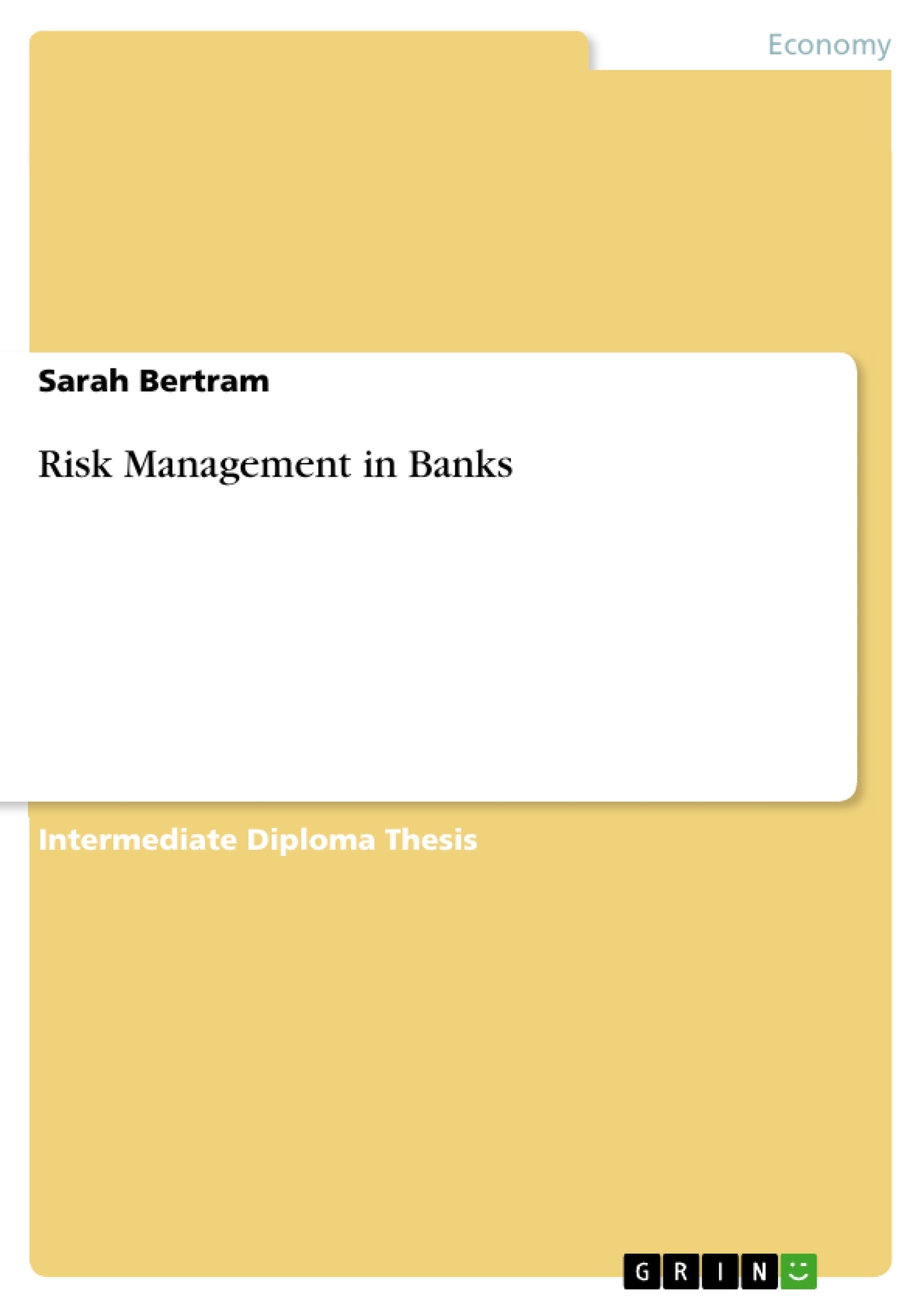It is debatable if the of world is today more “risky” or more “dangerous” than in the past. Today there is a new mood of risk management and the current financial crisis represents the latest case study of a “financial tsunami” on what can happen if risks are not orderly managed. Scandals, disasters and failures challenge organizations; hence risks must be made auditable and manageable. Risk management organizes things that cannot be organized, because individuals, organizations and governments have no choice, but to accept this.
Some of the risks can be pooled and redistributed via health and welfare systems. It is a matter of fact that the world is an unpredictable place and that uncertainty about the future, which could result in an adverse outcome, will always exist. Therefore risks require management.
Inhaltsverzeichnis (Table of Contents)
- Introduction
- Risk Management
- The new risk environment
- The concept of risk management and its importance
- Risk management processes and its key principles
- Different kinds of risks
- Risk Management in the Banking Sector
- The rise of finance
- HSBC Bank
- Types of risks HSBC has to face
- Risk Management Strategies for HSBC
- Conclusion
Zielsetzung und Themenschwerpunkte (Objectives and Key Themes)
This paper examines risk management within the banking sector, focusing on the case of HSBC. The paper analyzes the evolution of risk management, exploring the emergence of new risks and the changing nature of risk assessment. It also delves into the importance of risk management practices for financial institutions, outlining key principles and strategies for managing diverse risk types. The paper concludes by highlighting the specific challenges and opportunities faced by HSBC in managing risk, emphasizing the significance of risk management within the global financial landscape.- The evolving nature of risk management in the modern world.
- The significance of risk management practices in financial institutions.
- The specific risks faced by HSBC and the strategies for managing them.
- The role of the Dow Jones Sustainability Index (DJSI) in influencing corporate risk management practices.
- The strategic and commercial benefits of implementing effective risk management programs.
Zusammenfassung der Kapitel (Chapter Summaries)
- Introduction: This chapter sets the stage for the discussion on risk management, highlighting the increasing significance of risk management in the face of a dynamic and often unpredictable world. It introduces the concept of risk management as a vital tool for organizations to navigate uncertainty and challenges.
- Risk Management: This chapter provides a broader overview of risk management concepts, including the evolving risk environment and the essential principles of risk management. It underscores the growing importance of risk management as a strategic imperative for organizations across various sectors, including banking, healthcare, and education.
- Risk Management in the Banking Sector: This chapter focuses on the specific context of risk management within the banking industry, highlighting the significant challenges posed by the rise of finance and the evolving global financial landscape. It examines the various types of risks that banks face and the strategies they employ to mitigate these risks.
Schlüsselwörter (Keywords)
This paper explores the critical concepts of risk management in the context of the banking sector, highlighting the importance of effective risk management processes for financial institutions. Key terms and concepts explored include: risk management, risk environment, risk management processes, different kinds of risks, financial crisis, Dow Jones Sustainability Index (DJSI), corporate governance, strategic benefits, and risk management strategies.- Quote paper
- Sarah Bertram (Author), 2010, Risk Management in Banks, Munich, GRIN Verlag, https://www.grin.com/document/179100



